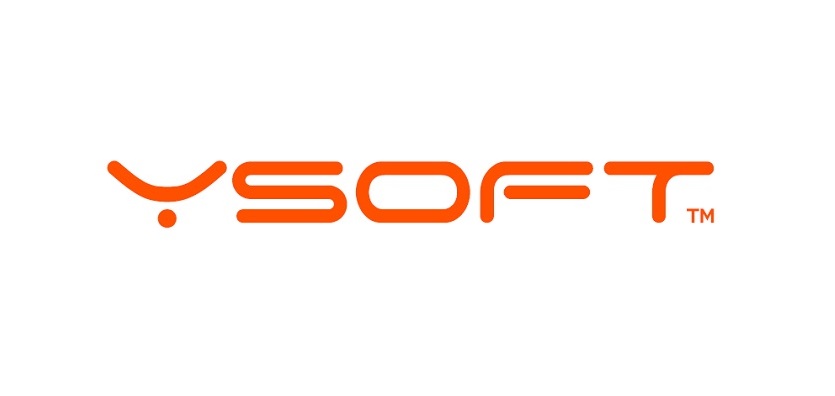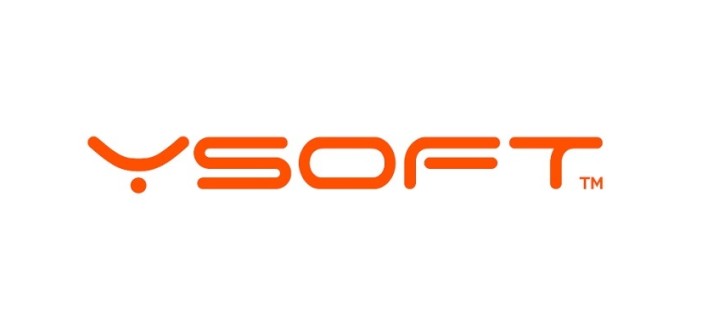
While multifunction devices (MFDs) provide efficiency and functionality that most offices can’t do without, they also present a potential security risk, since most MFDs are connected to the internet and to the corporate network. This means they’re a gateway into the organisation for hackers. Organisations need to ensure that the information transferred through MFDs is secure and inaccessible to unauthorised people, according to Y Soft.
Adam O’Neill, managing director, Y Soft, Australia, said, “Successful attacks on MFDs can severely affect entire organisations. If data within an organisation is breached, not only does this threaten the entity’s public image, but the organisation is also likely to face hefty fines and legal repercussions, in light of recent data protection laws such as the EU’s General Data Protection Regulation (GDPR), and Australia’s Notifiable Data Breaches (NDB) scheme.”
Y Soft has identified six solutions to the security blind spots unsecured MFDs can pose to workplaces:
- Device and network access. Protecting MFDs requires control over who can access them. It’s critical that MFDs have a lock function and remain locked until employees’ identities are verified through ID card swipes, passwords, or a combination of identification methods. Strong authentication methods reduce the chance of printed documents falling into the wrong hands, as print jobs can’t be completed without proper user validation. Furthermore, if organisations don’t need to allow access by external parties, they can block external traffic to the MFD, limiting attacks on MFDs from outside networks.
- Secure pull-printing. Transferring large volumes of data across networks opens organisations up to major security risks. It’s vital that enterprise workflow solutions protect data through features such as pull-printing, which lets users print from MFDs or networked printers anywhere, while only authorised users can access the documents at their print destination.
- Secure mobile printing. Mobile and Bring Your Own Device (BYOD) initiatives see personal smartphones, tablets, and laptops becoming prevalent in the workplace. However, BYODs can threaten MFD security when they connect to corporate networks. Quality, innovative mobile print modules should protect MFD integrity, while letting employees and guests reap the flexibility and benefits mobile printing offers. A secure mobile printing network lets employees connect print, copy and scan from anywhere, at any authorised time, and doesn’t require complicated maintenance and IT implementation. Advanced mobile print modules guard organisations from the BYOD security risks, and let staff enhance their workplace effectiveness, using modern print management technology.
- Usage reporting and tracking. To protect confidential information, managers must have full visibility into MFD networks, including insight into what is being copied, scanned, and printed from all locations, at all times. With insight into their MFDs, managers can see suspicious print, copy, or scan activity. Leaders can address suspicious activity, and potential data compliance issues, by applying strict authentication restrictions to MFDs, and locking MFDs after-hours. Secure print management systems also provide administrators with terminal access reports, detailing company print, scan, and copy actions. This helps leaders identify data management breaches, workplace compliance issues, and MFD security threats.
- MFD hard drive security. Print, scan and copy data must never be permanently stored on MFD hard drives. Organisations should ensure their MFDs erase printed, scanned, or copied data after workflows are completed, so information is kept inaccessible outside of scan or print processes.
- Data encryption. Any device that sends or receives data can pose a security threat to organisations. Data should be encrypted and digitally signed, and communicating parties should be verified to protect transferred information. Encrypted data is harder to breach, and easier to track.
Adam O’Neill said, “Data transfers and printing remain essential to most businesses, and it’s critical to secure these practices so information isn’t breached. Failing to secure information can have a disastrous impact on operations, and a company’s reputation. Considering these six practices can help organisations maintain a stronger security posture when it comes to often-overlooked MFDs.”






